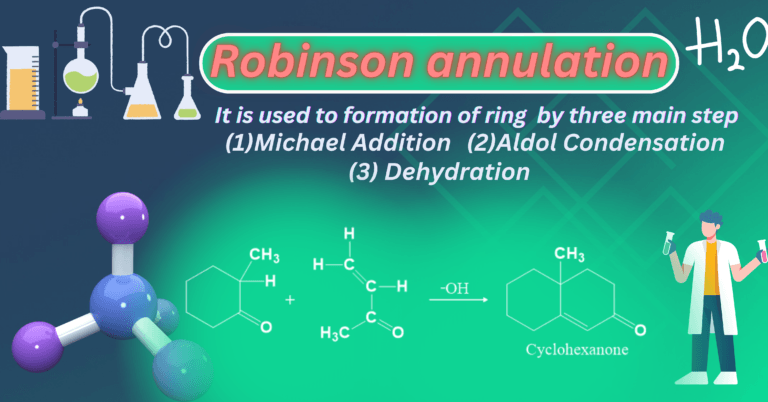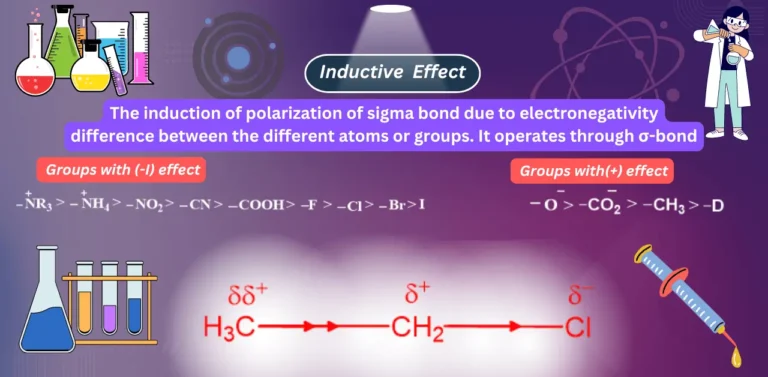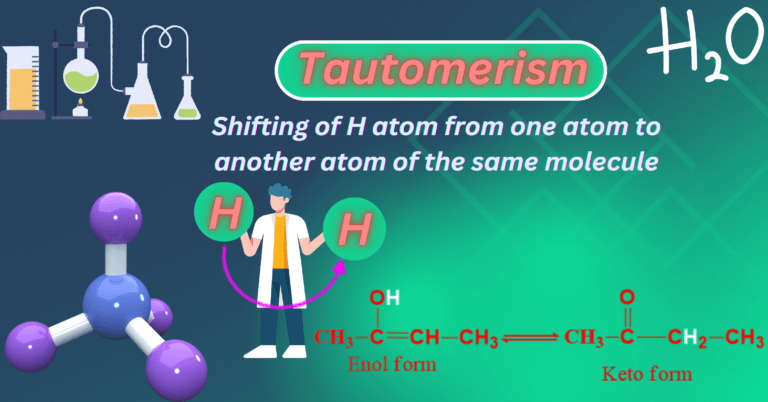Normality Chemistry
What is the definition for Normality? The concentration of the solution expressed in a number of equivalent dissolved per liter of solution is known as the normality chemistry. Normality is represented by N. [ez-toc] Units of normality: Its units are eq/L or meg/L. The latter unit is mostly expressed in medical reporting. Formula of Normality…


